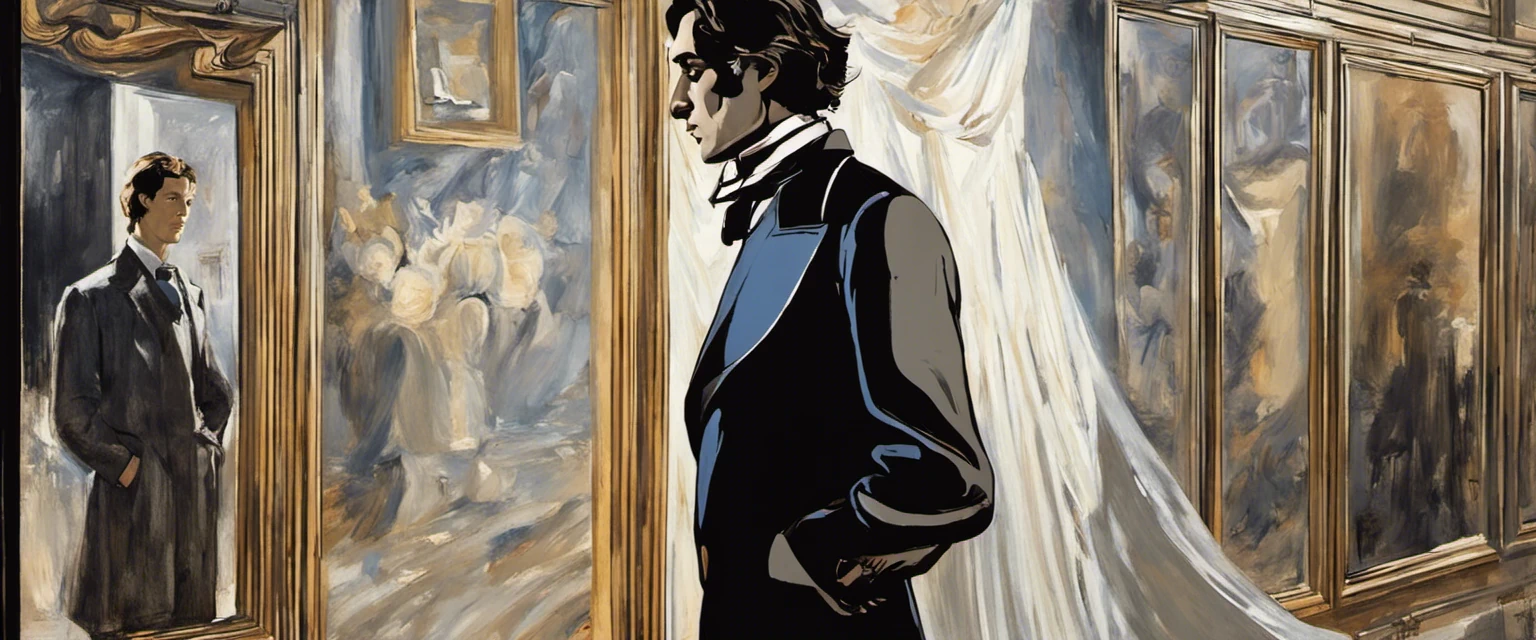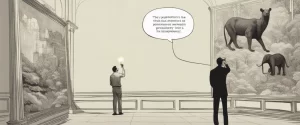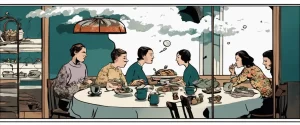—The Picture of Dorian Gray & Dr. Jekyll and Mr. Hyde
In the realm of literature, few topics have captivated readers as much as the exploration of the self, the contrast between good and evil, and the duality of human nature. The Picture of Dorian Gray” by Oscar Wilde and “Dr. Jekyll and Mr. Hyde” by Robert Louis Stevenson are two exemplary works that delve into the deep recesses of the human psyche. Both novels, published in the late 19th century, offer captivating narratives that shed light on the internal struggle we face when confronted with our own vices and desires.
“The Picture of Dorian Gray,” a masterpiece by Irish playwright and novelist, Oscar Wilde, tells the gripping tale of a young man named Dorian Gray. The story chronicles Dorian’s gradual descent into moral corruption and decay, as his portrait ages and shows the repercussions of his hedonistic lifestyle. On the other hand, “Dr. Jekyll and Mr. Hyde,” penned by Scottish novelist Robert Louis Stevenson, delves into the dark and macabre account of Dr. Henry Jekyll’s dual existence, as he invents a potion that transforms him into the sinister and unrestrained Mr. Hyde.
While these novels differ in their narrative approaches and settings, they both explore the inherent struggle between morality and immorality, good and evil, and the consequences of indulging one’s innermost desires. By examining the themes, character development, and societal context of both works, this comparative study aims to shed light on the similarities and differences in Wilde and Stevenson’s portrayals of the duality of human nature.
Furthermore, this study will explore the influence of the Victorian era, a period characterized by strict societal norms and the suppression of desires, on the development of these novels. Both authors lived during this period and were witness to the contradictions and repressions of Victorian society, which undoubtedly influenced their contemplation of the duality of human nature.
Through an in-depth analysis of these two remarkable works, this study seeks to unravel the layers of complexity within their narratives, dissect the psychological depths of the characters, and provide insight into the universal struggle faced by individuals when dealing with their desires, temptations, and the consequences of their actions.
Overall, this comparative study endeavors to shed new light on the intrinsic complexities of human nature as portrayed in “The Picture of Dorian Gray” and “Dr. Jekyll and Mr. Hyde,” prompting readers to question their own morality and contemplate the extent of their inner duality.
Brief Summary of Two Books
The Picture of Dorian Gray by Oscar Wilde
“The Picture of Dorian Gray” tells the story of a young and beautiful man named Dorian Gray. After having his portrait painted by an artist named Basil Hallward, Dorian becomes obsessed with maintaining his youth and beauty. He wishes that the portrait would age instead of himself, and his wish is mysteriously granted. Over the years, Dorian indulges in a life of hedonism and immorality, while the portrait gradually reveals his true inner ugliness and corruption. As Dorian’s actions become increasingly depraved, his decadent lifestyle leads to tragedy for those around him. Ultimately, he realizes the destructive nature of his choices and attempts to redeem himself, but his attempts come too late, leading to the gruesome climax of the novel.
Dr. Jekyll and Mr. Hyde by Robert Louis Stevenson
“Dr. Jekyll and Mr. Hyde” by Robert Louis Stevenson is a classic novella that explores the dual nature of humanity. The story follows a respected physician, Dr. Henry Jekyll, who conducts experiments to separate the good and evil aspects of his personality. Through his experiments, he creates a potion that transforms him into the sinister and violent Mr. Edward Hyde. As Dr. Jekyll struggles to control and understand his alter ego, the evil Mr. Hyde begins to wreak havoc in Victorian London. The novella delves into themes of identity, duality, and the consequences of suppressing one’s true nature.
Comparison between Two Books
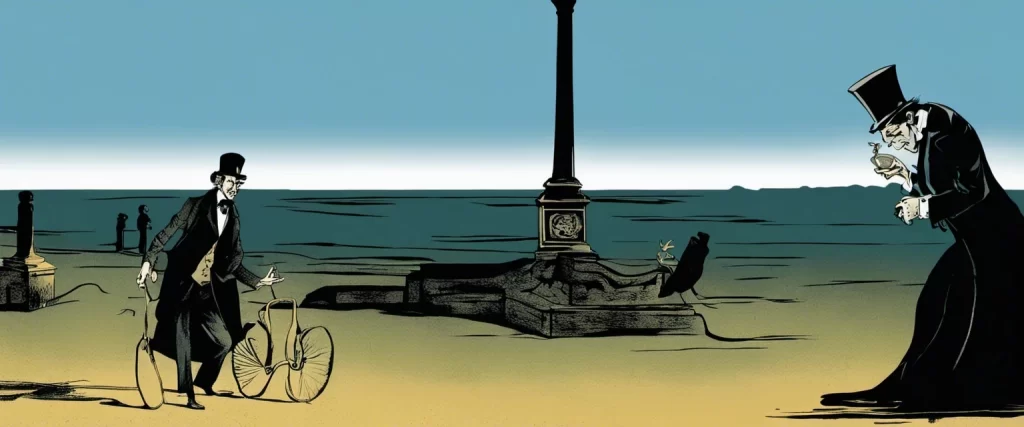
Similarities in morality
Both The Picture of Dorian Gray by Oscar Wilde and Dr. Jekyll and Mr. Hyde by Robert Louis Stevenson explore similar themes of morality, specifically the consequences of indulging in immoral behavior.
1. Duality of human nature: Both novels delve into the idea that every person possesses both good and evil within them. In The Picture of Dorian Gray, Dorian’s portrait serves as a physical representation of his hidden, immoral deeds, while in Dr. Jekyll and Mr. Hyde, Dr. Jekyll and his alter ego, Mr. Hyde, represent the two conflicting sides of human nature. The characters’ struggle to maintain their moral compasses and the repercussions they face when they succumb to their darker selves highlight the inherent complexity of human morality.
2. Corrupting influence: Both stories illustrate the corrupting influence of vice and indulgence. In The Picture of Dorian Gray, Dorian’s fascination with hedonism and desire for eternal youth lead him down a path of moral decay, ultimately resulting in his own destruction. Likewise, Dr. Jekyll’s pursuit of unleashing his darker side through his potion ultimately leads to Mr. Hyde overpowering his moral sensibilities. These narratives warn against the dangers of unchecked desires and the downfall that inevitably follows.
3. The consequences of immorality: Both novels emphasize the devastating consequences of immoral actions. In The Picture of Dorian Gray, Dorian’s portrait ages and becomes uglier with each immoral act he commits, while Dorian himself remains outwardly youthful and unscathed. However, the true consequences of his moral corruption manifest internally, eroding his soul and leading to his tragic end. Similarly, in Dr. Jekyll and Mr. Hyde, Dr. Jekyll’s inability to control his darker alter ego leads to the destruction of his humanity and eventual demise.
4. The mask of respectability: The themes of appearances and hidden vices are prevalent in both novels. Dorian Gray maintains a façade of respectability in society, concealing his immoral lifestyle and actions behind his youthful and charming exterior. Similarly, Dr. Jekyll, a respected scientist, hides his darker desires and indulgences from society. These masks of respectability highlight the contrast between outward appearances and inner morality, raising questions about the true nature of individuals and the role society plays in shaping and suppressing immoral tendencies.
In summary, both The Picture of Dorian Gray and Dr. Jekyll and Mr. Hyde explore the theme of morality, illustrating the inherent duality of human nature and the corrupting influence of indulgence. These novels emphasize the consequences of immoral actions and the masks people wear to hide their true selves, ultimately exposing the tension between appearances and inner morality.
Divergences in morality
Both The Picture of Dorian Gray by Oscar Wilde and Dr. Jekyll and Mr. Hyde by Robert Louis Stevenson delve into the concept of morality but approach it from different angles, resulting in divergent perspectives.
In The Picture of Dorian Gray, the protagonist Dorian Gray remains morally static while the painting that bears his soul ages and shows the effects of his immoral actions. Dorian’s pursuit of eternal youth and pleasure leads him down a path of corruption and moral decay. The painting serves as a metaphor for his hidden sins, reflecting the true state of his soul and showing the consequences of his immoral choices. The novel emphasizes the importance of personal accountability and the damaging effects of unchecked hedonism.
On the other hand, Dr. Jekyll and Mr. Hyde explores the duality of human nature through the characters of Dr. Jekyll and Mr. Hyde. Dr. Jekyll represents the embodiment of society’s expectations and moral goodness, while Mr. Hyde symbolizes the repressed desires and immoral tendencies that exist within him. Unlike Dorian Gray, Dr. Jekyll actively seeks to separate the good and evil sides of his personality, which eventually leads to his downfall. The novel examines the struggle between one’s innate desires and the moral constraints imposed by society, raising questions about the nature of morality itself.
The divergence in morality between the two books lies in the characters’ responses to their immoral actions. Dorian Gray, despite witnessing the horrifying transformation of his picture and understanding the consequences of his choices, remains unrepentant to the end. In contrast, Dr. Jekyll attempts to rectify his moral dilemma by creating the division between his two identities. However, he ultimately fails in maintaining control over his alter ego, highlighting the impossibility of separating the moral and immoral aspects of human nature.
Furthermore, The Picture of Dorian Gray focuses on the external consequences of immorality, showcasing how Dorian’s actions harm those around him while leaving the external appearance unscathed. Dr. Jekyll and Mr. Hyde, on the other hand, explores the internal battle between right and wrong, highlighting the psychological and emotional turmoil that arises from suppressing or indulging in immoral desires.
In conclusion, while both The Picture of Dorian Gray and Dr. Jekyll and Mr. Hyde explore the topic of morality, they diverge in their perspectives. Dorian Gray represents the unapologetic pursuit of hedonism and the destructive consequences it has, whereas Dr. Jekyll and Mr. Hyde examine the inherent duality of human nature and the struggle between one’s moral obligations and untamed desires.
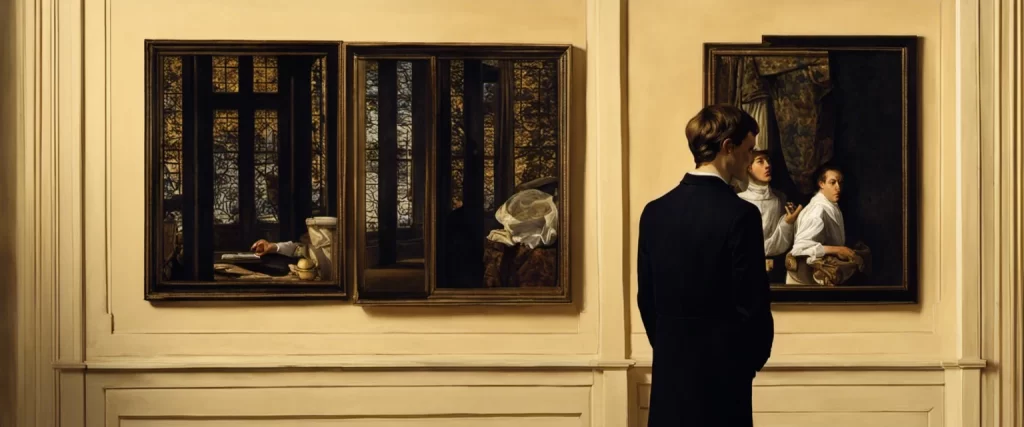
Conclusion
Both The Picture of Dorian Gray by Oscar Wilde and Dr. Jekyll and Mr. Hyde by Robert Louis Stevenson are considered significant works in English literature and are worth reading for different reasons.
The Picture of Dorian Gray explores themes of morality, beauty, and the corrupting influence of society. It delves into the consequences of indulging in one’s desires unchecked and the disillusionment that comes from pursuing a life devoid of ethics. Wilde’s prose is known for its wit and satire, which adds depth and entertainment value to the novel. The book raises thought-provoking questions about the nature of art, identity, and the human condition.
On the other hand, Dr. Jekyll and Mr. Hyde is a captivating psychological thriller that delves into the dark depths of human nature. It raises questions about the duality of human personality and the consequences of repressing one’s darker desires. Stevenson’s writing style is gripping, and the book is an effective commentary on Victorian society’s denial of human impulses and the consequences that arise from suppressing them.
Ultimately, the choice between these two books depends on personal preferences and interests. If you are interested in exploring themes of beauty, morality, and societal influence, The Picture of Dorian Gray is a great choice. If you prefer a thrilling exploration of human nature and the duality of personality, then Dr. Jekyll and Mr. Hyde is more suitable. Both books deserve to be read and enjoyed for their unique perspectives and literary merits.
